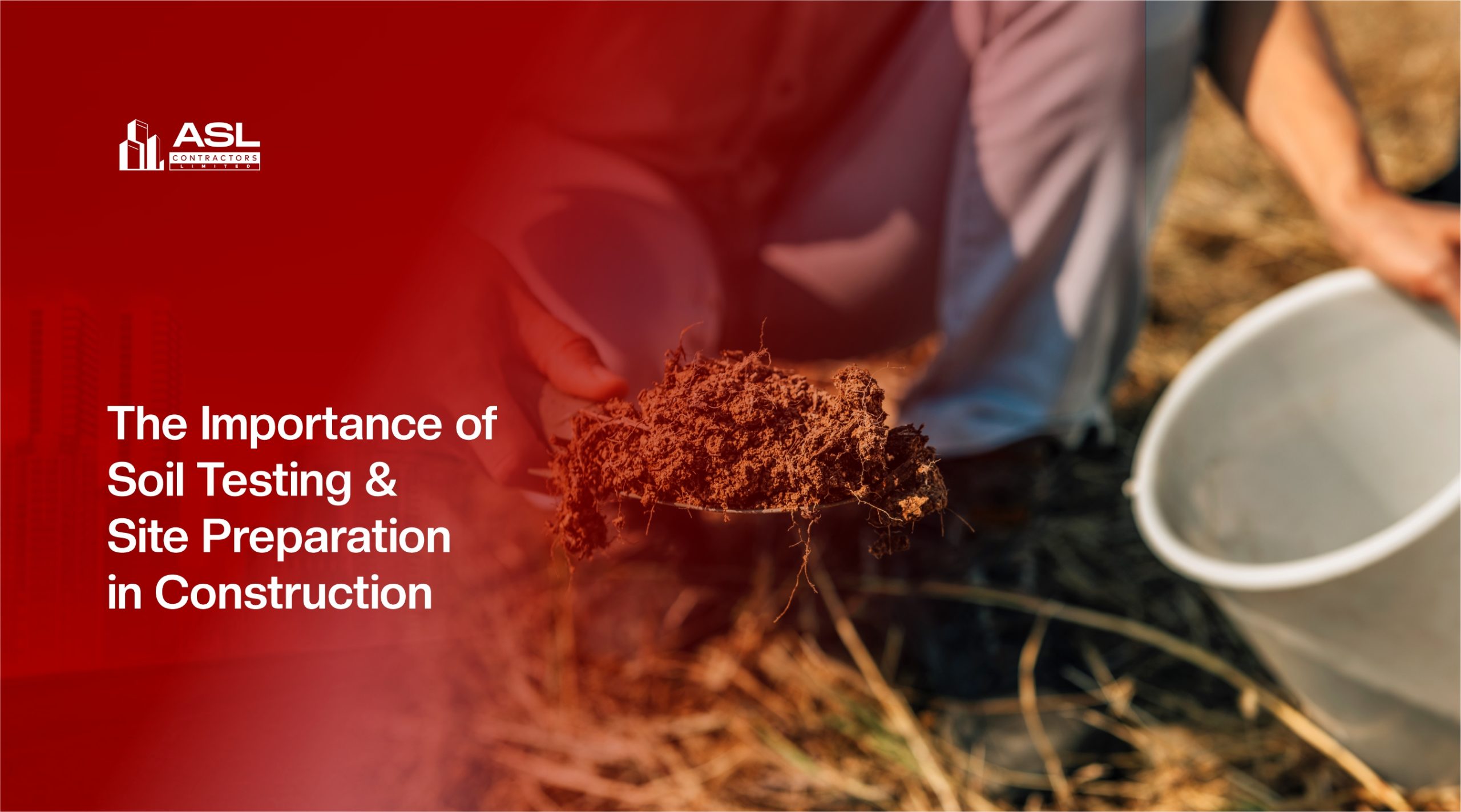
In construction, several factors contribute to the success and longevity of a project. While many focus primarily on design, materials, and construction techniques, overlooking the importance of soil testing and site preparation can prove detrimental in the long run.
Understanding Soil Testing
Soil testing involves conducting a thorough examination of the soil’s composition and characteristics. It allows contractors to determine its load-bearing capacity, permeability, compaction, and other important factors. By conducting a comprehensive soil test, contractors can assess the suitability of the soil for a particular construction project.
WHY SOIL TESTING IS IMPORTANT
- Foundation Strength and Stability: The foundation is the backbone of any structure. By conducting soil tests, contractors can identify potential issues that may compromise a building’s stability.
- Safety Assurance: Soil testing helps contractors understand the presence of any contaminants in the soil that may pose health and environmental risks. If harmful substances are identified, proper measures can be taken to prevent their impact on workers, residents, and the environment.
- Optimal Material Selection: Soil testing assists contractors in selecting suitable construction materials based on the soil’s characteristics. This allows for cost-effective and sustainable building practices, preventing unnecessary material wastage and reducing project costs.
- Environmental Considerations: Construction projects can have a significant environmental impact. Soil testing provides crucial information on the soil’s quality and environmental vulnerabilities. By understanding these factors, contractors can implement appropriate techniques to minimize environmental degradation during and after construction.
Site Preparation
Once soil testing is complete, site preparation can commence. Site preparation plays a vital role in ensuring a smooth construction process. Here are some key aspects of site preparation for contractors to focus on:
- Grading and Clearing: Clearing the site of vegetation, debris, and any obstructions is essential before construction can begin. Proper grading helps ensure water drainage and prevents any potential erosion issues.
- Erosion Control: Implementing erosion control measures, such as installing silt fences and sediment basins, helps protect nearby water bodies and comply with environmental regulations.
- Leveling and Compaction: Achieving a level and compacted surface is essential to prevent structural issues and facilitate a smooth construction process. This step requires the use of appropriate equipment and techniques.
- Utility Verification and Planning: Identifying existing underground utilities and incorporating them into the construction plan is crucial to avoid potential damages and delays.

Leave A Comment